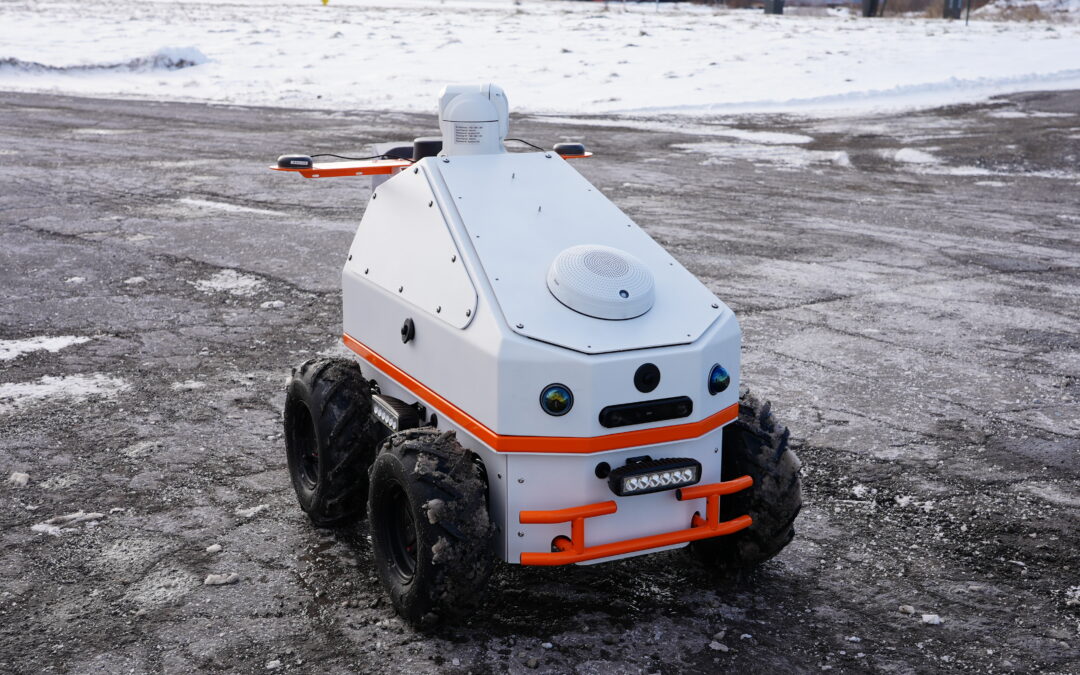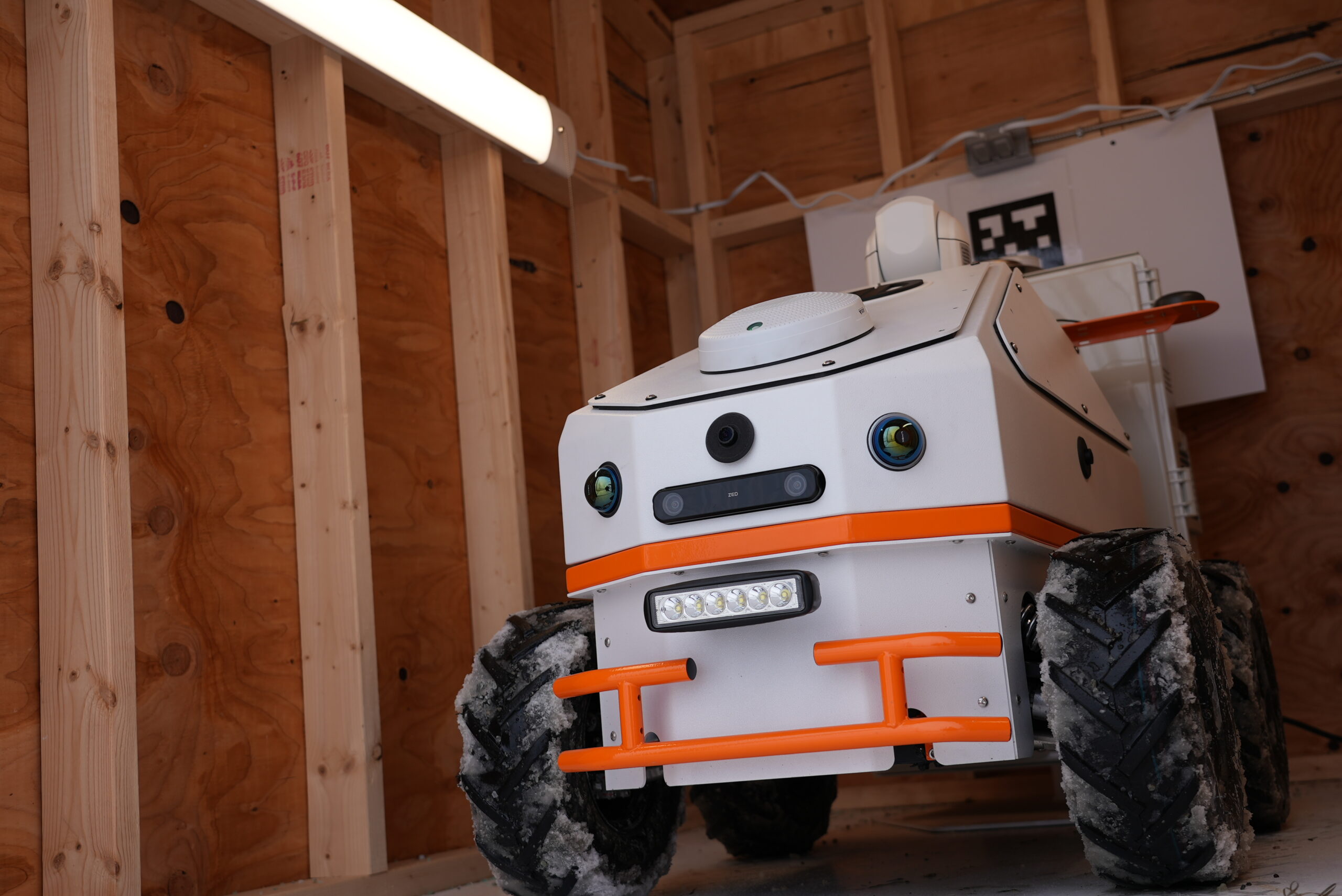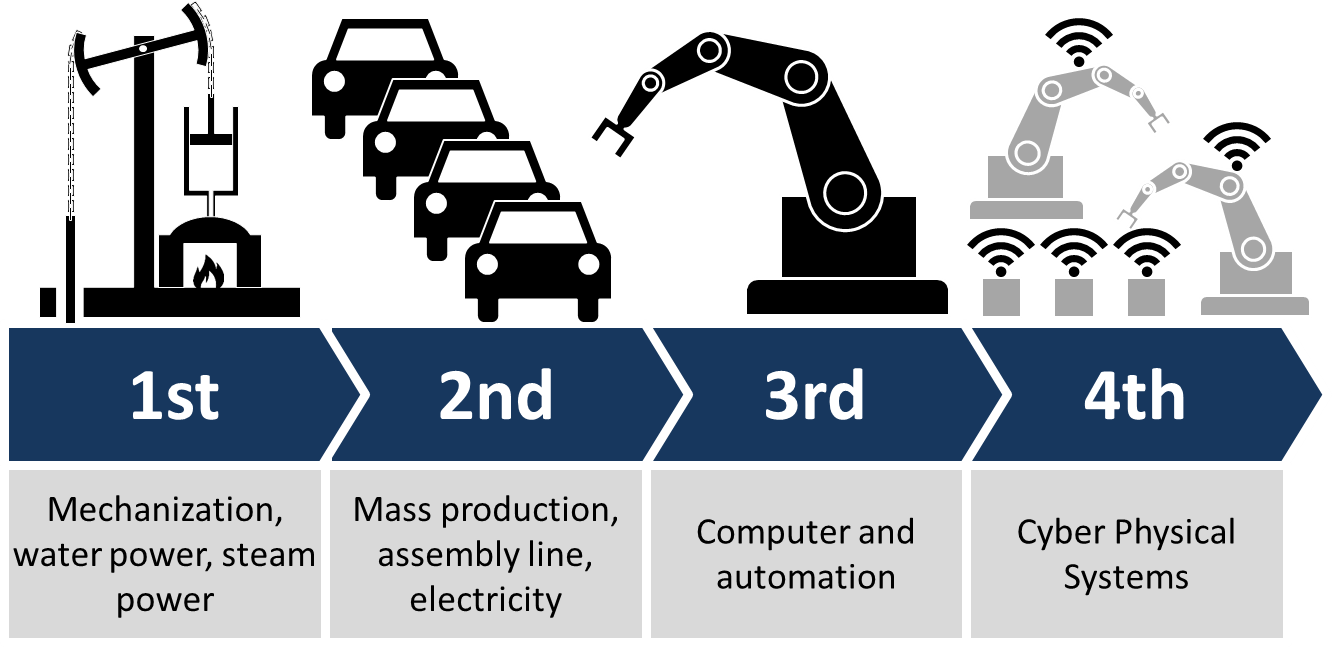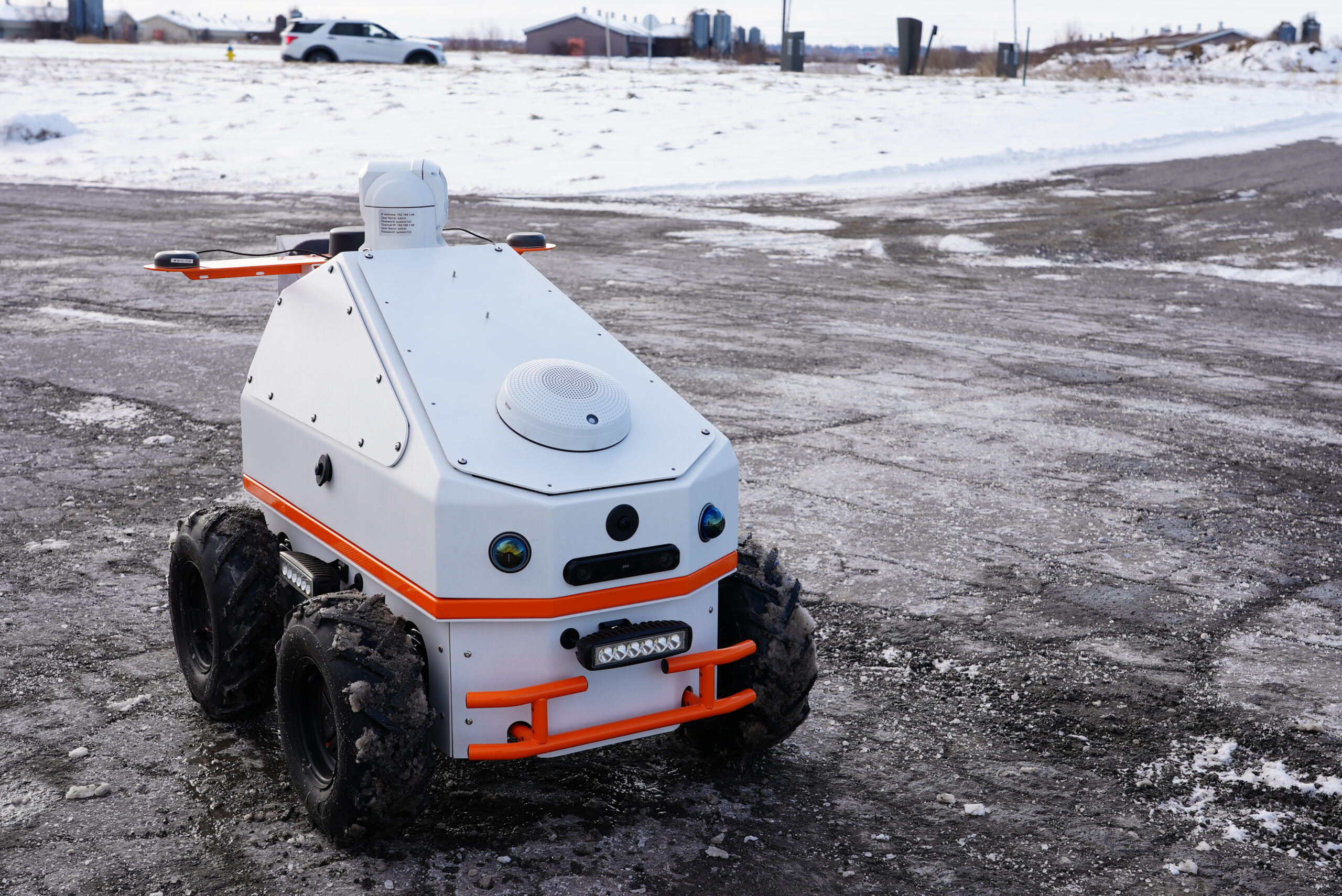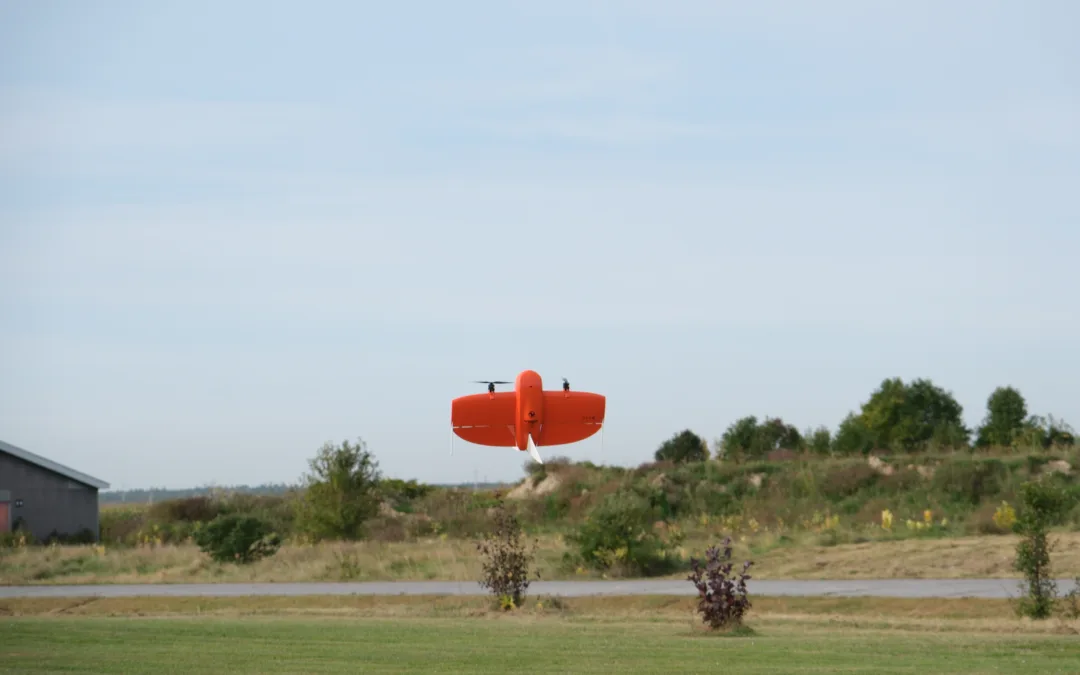
Get ready: New RPAS regulations are coming in Canada
By Scott Simmie
New Transport Canada RPAS regulations are coming. Precisely how soon is a question of some debate, particularly since the country just swapped Prime Ministers and is in the midst of a pretty unpleasant trade dispute with its largest trading partner.
Nonetheless, the work of government marches on. And in the near future we can expect Canada Gazette 2 to announce significant forthcoming changes to RPAS regulations which will be phased in likely by the fall of 2025.
That means this summer’s flying season, in some respects, will be business as usual. Beyond Visual Line of Sight flights will still require a Special Flight Operations Certificate through Transport Canada. But once the regulations come into force, low-risk BVLOS over sparsely populated areas will no longer require an SFOC, providing the pilot, organization and drone (up to 150 kg) all meet new requirements.
This will open up the door for the industry to carry out long-range BVLOS data acquisition and deliveries in low-risk scenarios without all the paperwork. But there will be some additional barriers to ensure these missions – and the pilots and organizations carrying them out – meet new TC requirements.
With the help of InDro’s Training and Regulatory Specialist Kate Klassen – who’s also a traditional aircraft instructor with multiple ratings – we’ll recap what’s coming, along with how to start preparing for the transition.
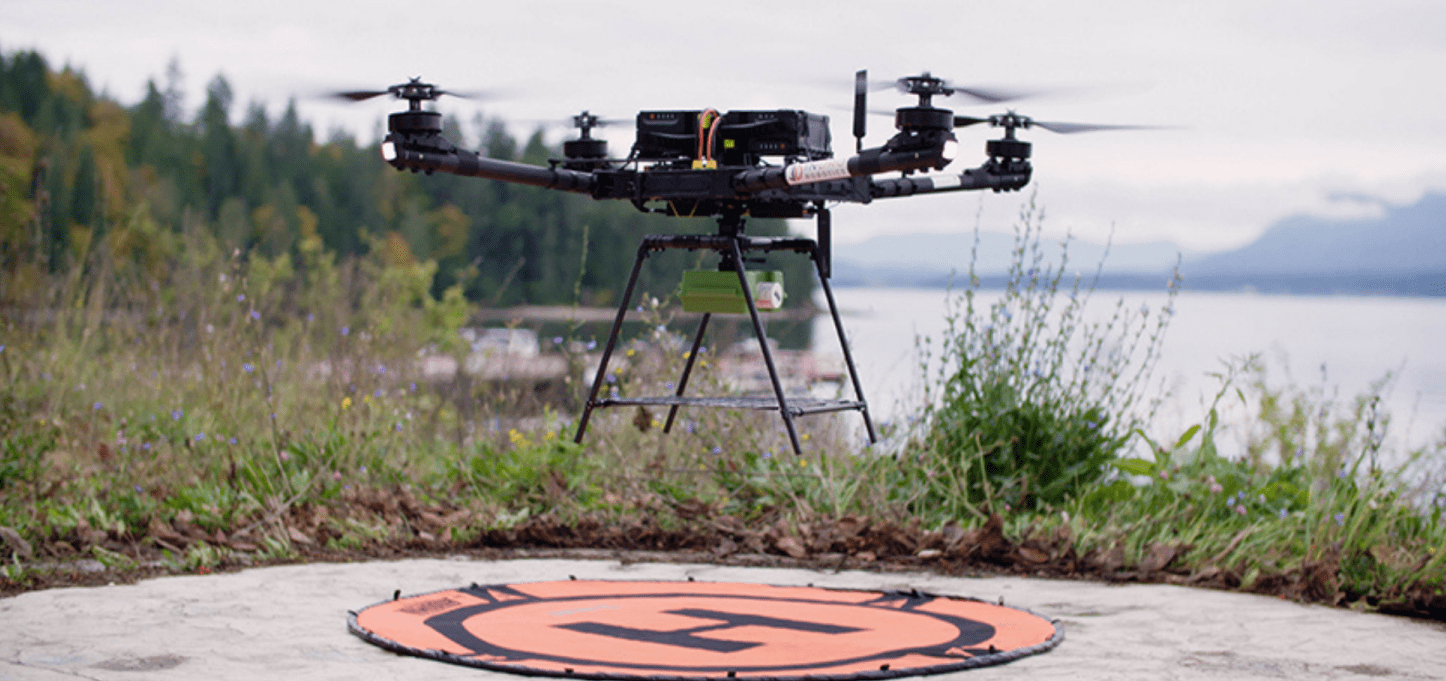
A BALANCING ACT
Transport Canada, as regulator, has a delicate task: It needs to ensure airspace safety as much as possible while also allowing the industry to advance and grow economically. That’s what led to the first set of RPAS rules – Part IX of the Canadian Aviation Regulations (CARs) – announced in 2019. Those rules included the requirements for Basic or Advanced RPAS Certificates to operate drones weighing between 250 grams and 25 kilograms. It also laid out the regulations for where VLOS flight could (and couldn’t) take place and made it clear what type of missions would require an SFOC. Prior to Part IX of CARs, every commercial drone flight – including VLOS flight – required an SFOC. So that was a big step forward.
As the industry and its requirements continued to grow, TC started planning for the future. In mid-2023, this issue of Canada Gazette outlined proposed amendments that would ease the path to broader use-cases of drones while adding additional requirements on the safety and planning side of things. It’s a lengthy document, but its broad goals are boiled down to a single paragraph:
“This regulatory proposal would allow operations with a remotely piloted aircraft (RPA) up to 150 kg to be flown within visual line-of-sight and introduce rules for routine beyond visual line-of-sight operations with an RPA up to 150 kg over sparsely populated areas, at low altitudes, and in uncontrolled airspace. The proposal would remove the requirement for a Special Flight Operations Certificate (SFOC) for these operations…”
So the amendments will – in far greater detail – cover two new categories of operation: VLOS operation of drones weighing above 25kg and up to 150 kg (in both controlled and uncontrolled airspace) and BVLOS flights that meet low-risk criteria.
And the flip side of the coin? The paragraph continues: “The amendments include proposed requirements for a new pilot certification, new technical standards for the aircraft and supporting systems, new operational procedures, such as increased distances from airports, heliports, and people, as well as new requirements for individuals and organizations to operate BVLOS…”
It will be a significant step forward for operators, as part of TC’s measured approach to balancing safety and growth.
“This isn’t going to be the set of regulations that opens Canada up to delivering your pizza by drone,” explains Klassen. “But it will allow routine, low-risk BVLOS flights without the need for an SFOC. Detailed planning will still be required, but long-range data acquisition and deliveries in low-risk scenarios will become a lot more common.”
As noted, however, this isn’t a free pass.
“Operators wanting to carry out those low-risk BVLOS missions will need to demonstrate they have the knowledge and skills to do so. Pilots will need to obtain a new Level 1 Complex Pilot Certificate. And while it still covers the same eight knowledge areas as an Advanced RPAS Certificate, it’s to a whole new depth.” says Klassen.
Those with an existing or new Advanced Certificate will be able to carry out:
- VLOS operations with a medium-sized drone (above 25 kg up to and including 150 kg);
- Extended VLOS operations (EVLOS), using a visual observer; and
- Sheltered operations, which would allow the drone to be flown around an obstruction (e.g. a building) without the use of a visual observer.
“You can temporarily put the drone out of your line of sight,” explains Klassen. “Say, fly behind a building or descend below the tree line if you’re comfortable with the safety and managing the risk of those scenarios. A cool example might be firefighters that need to duck the drone behind a plume of smoke so they don’t have to go the long way around.”
WHAT CONSTITUTES LOW-RISK BVLOS?
This is an important question – particularly when it comes to operating drones up to 150 kg. You wouldn’t want these flying in places that could put people, or traditional air traffic, at undue risk.
The proposed regulations (and we still have to wait to see the final language) indicate that TC will require operators to ensure their missions meet acceptable risk management criteria under SORA, an international guideline which stands for Specific Operations Risk Assessment. This combines calculating the ground risk (people, property, infrastructure) of a specific planned mission (where BVLOS obviously carries a higher risk than VLOS) as well as the air risk – the probability of encountering crewed aircraft in the airspace. The latter is calculated based on the density of traditional aircraft in the proposed operational airspace (higher density equals greater risk), plus any mitigating factors such as detect and avoid systems, robust operating procedures, etc..
The final language isn’t out yet, but the paragraph cited earlier contains the high points. Low-risk BVLOS flights that take place over sparsely populated areas in uncontrolled airspace and at altitudes not exceeding 400′ AGL will not require an SFOC.
There is, obviously, a big difference between VLOS and BVLOS, particularly when we’re talking about larger drones. BVLOS missions will involve more complex planning akin to traditional aviation. If it’s a long-range mission, what’s the anticipated weather on the route 100 km away in two hours? Pilots with their Level 1 Complex Certificate will need to take into account multiple risk factors that don’t generally apply to VLOS flight.
“The knowledge requirements will be a step above Advanced, for sure,” says Klassen. “You’ll be expected to to know about antennas and variables that can impact your C2 link reception, and how to apply that knowledge operationally. You’ll have to be able to look at a proposed route and understand how the environment and terrain features are going to impact your reception range – and even whether or not the proposed mission is even possible.
“We can also expect a lot more as well on crew communications and operating procedures for if things don’t go as planned.”
Below: These graphics, pulled together by Kate Klassen and InDro, cover key aspects of the anticipated new RPAS regulations
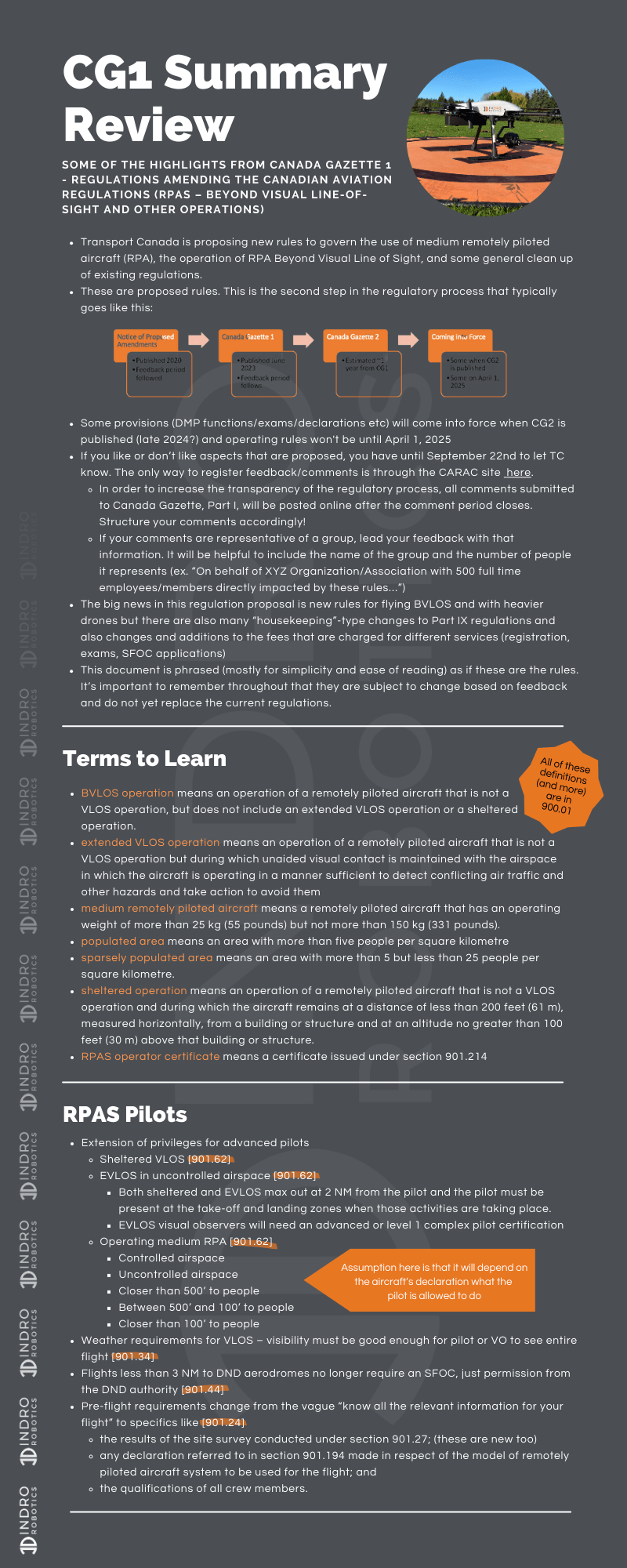
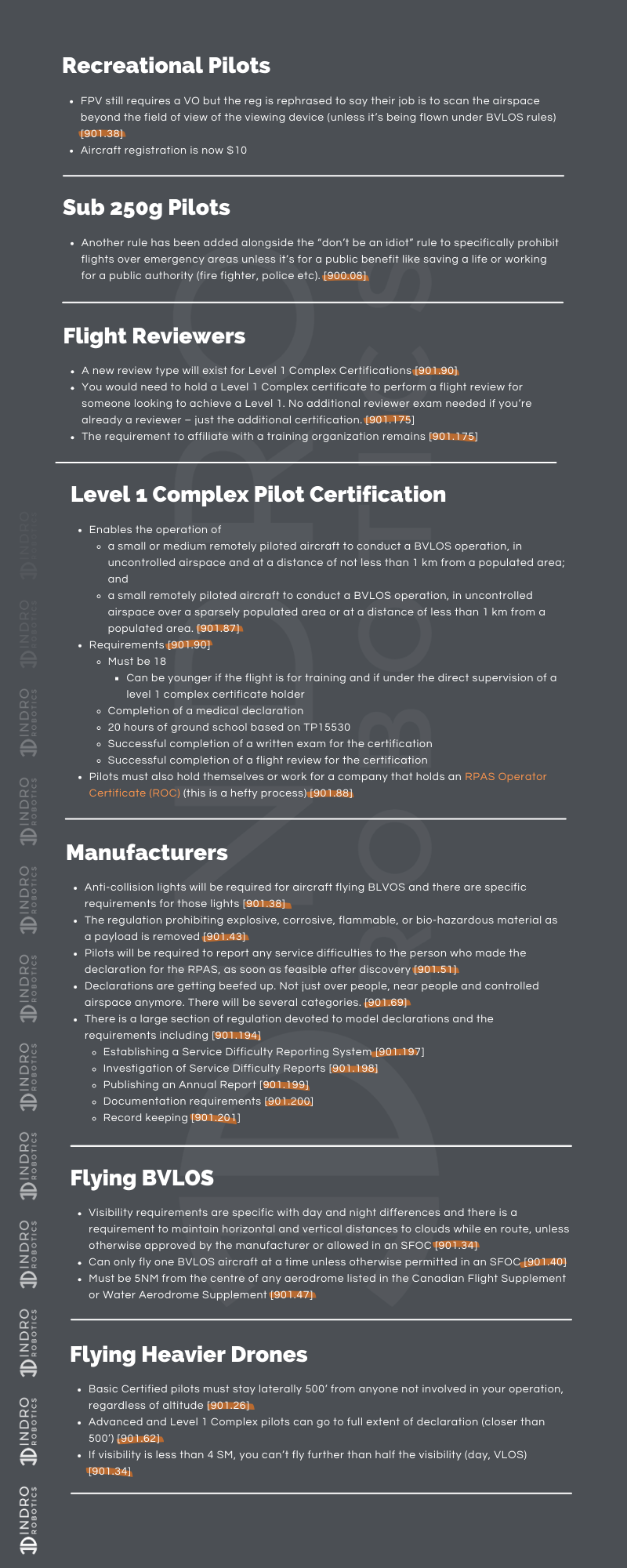
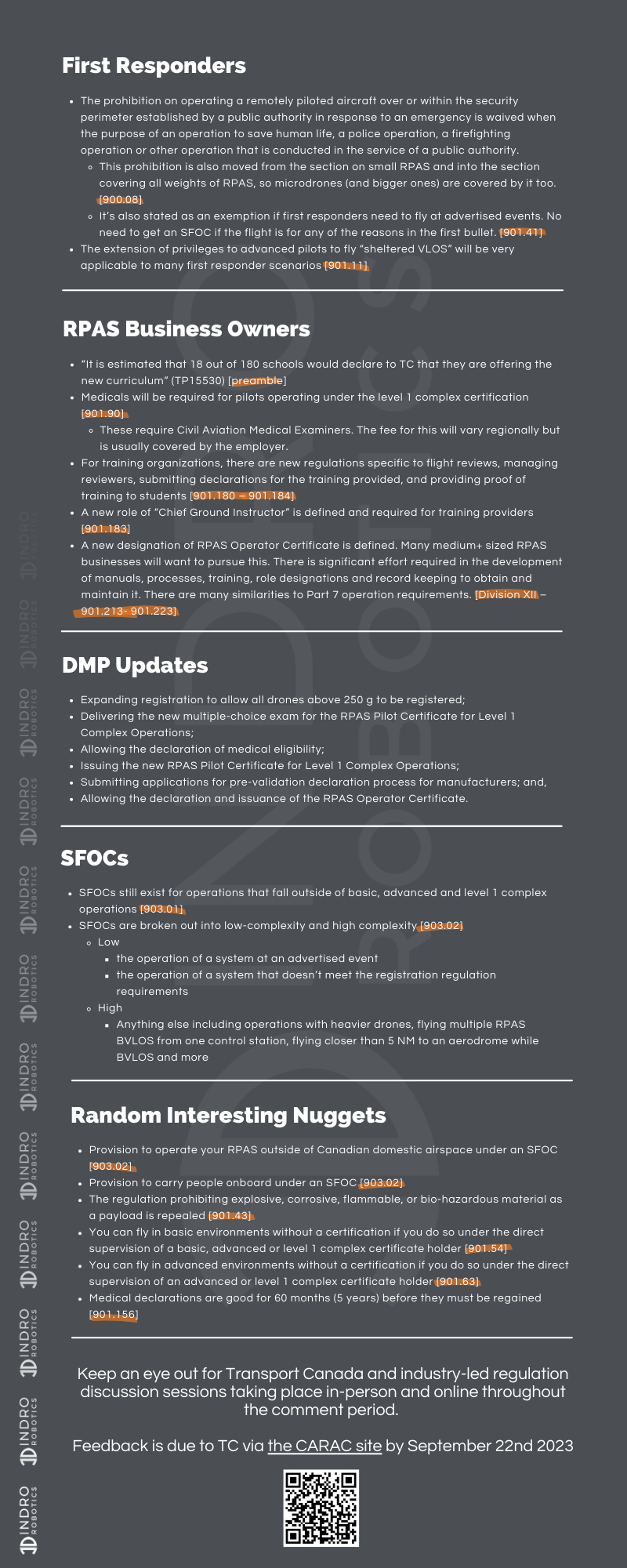
WAIT, THERE’S MORE
The new Level 1 Complex Certificate comes with a mandatory ground school requirement (you won’t be able to write the online exam without it), as well as a medical sign-off from your doctor to ensure you don’t have any untreated condition that could impact the safety of operations. That declaration from the doctor will be need to be presented at the more extensive in-person Flight Review the new certification will require. TC is also aligning the rules for company ownership to more closely align with existing regs for traditional aviation. These will be more favourable to Canadian citizens and companies with at least 75 per cent Canadian ownership.
Oh, the regs will also permit Extended Visual Line of Sight (EVLOS) flights with additional visual observers, and also allow for brief BVLOS flight if necessary within missions that might have been planned as VLOS only.
There will be much more, including the need for organizations to have an Accountable Executive responsible as the point person for overall ops – what Klassen jokingly refers to as the “one throat to choke” if things go wrong.
The fine print of the final regs, as noted, is yet to be released. But it will be a significant advance for the industry – coming with additional responsibilities and knowledge requirements for those involved. InDro will be ready, with updated courses on its FLYY online drone instruction portal run by Klassen. In fact, there’s already a free prep quiz for the new regs here.
Stay tuned.

